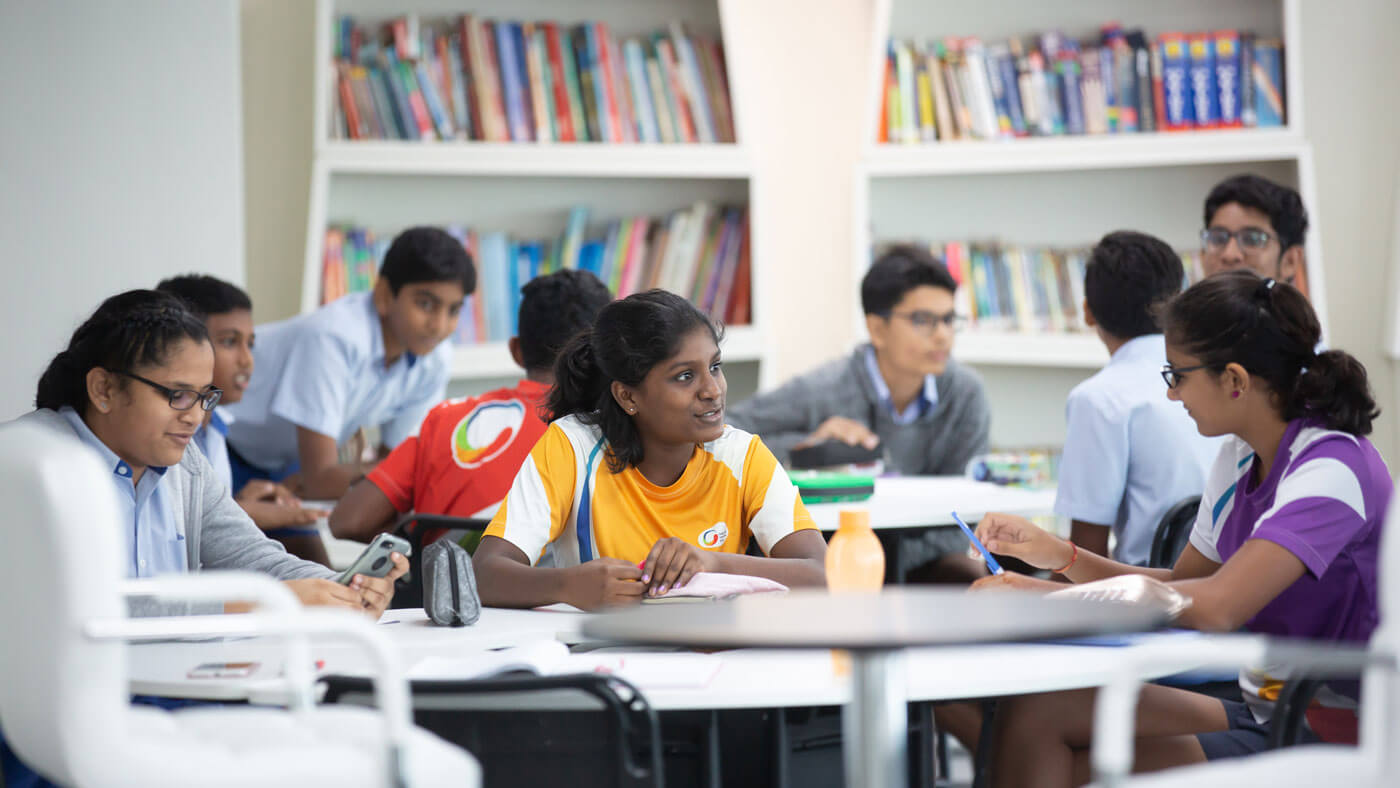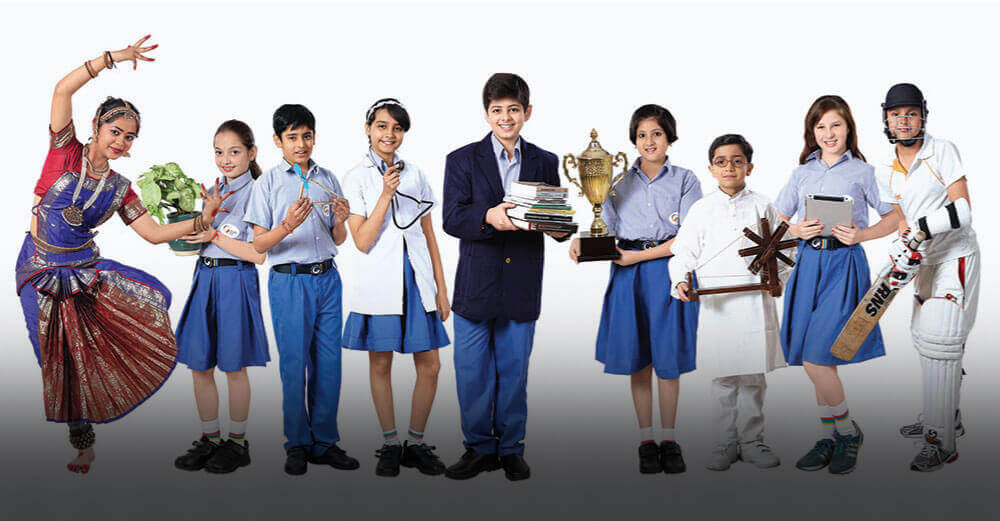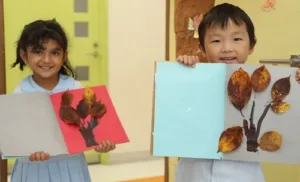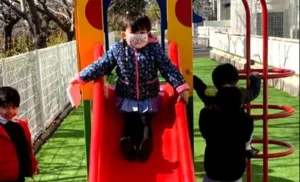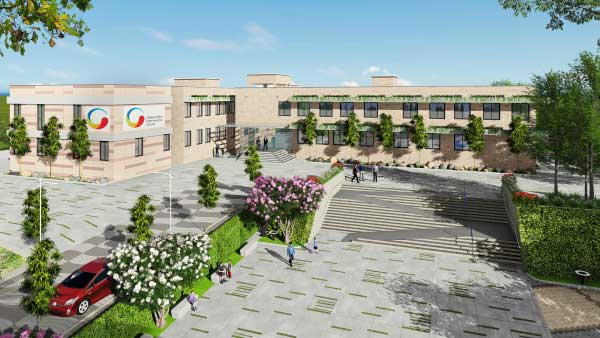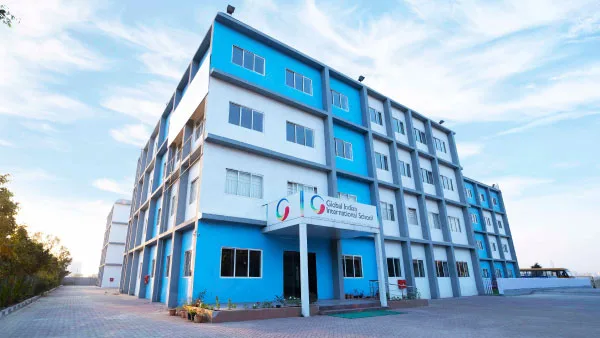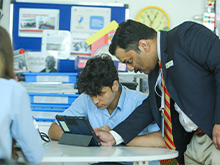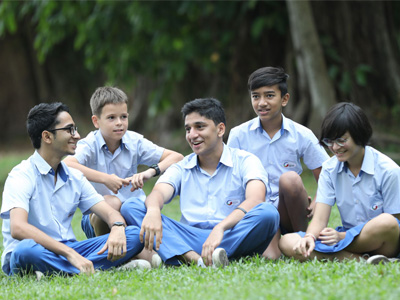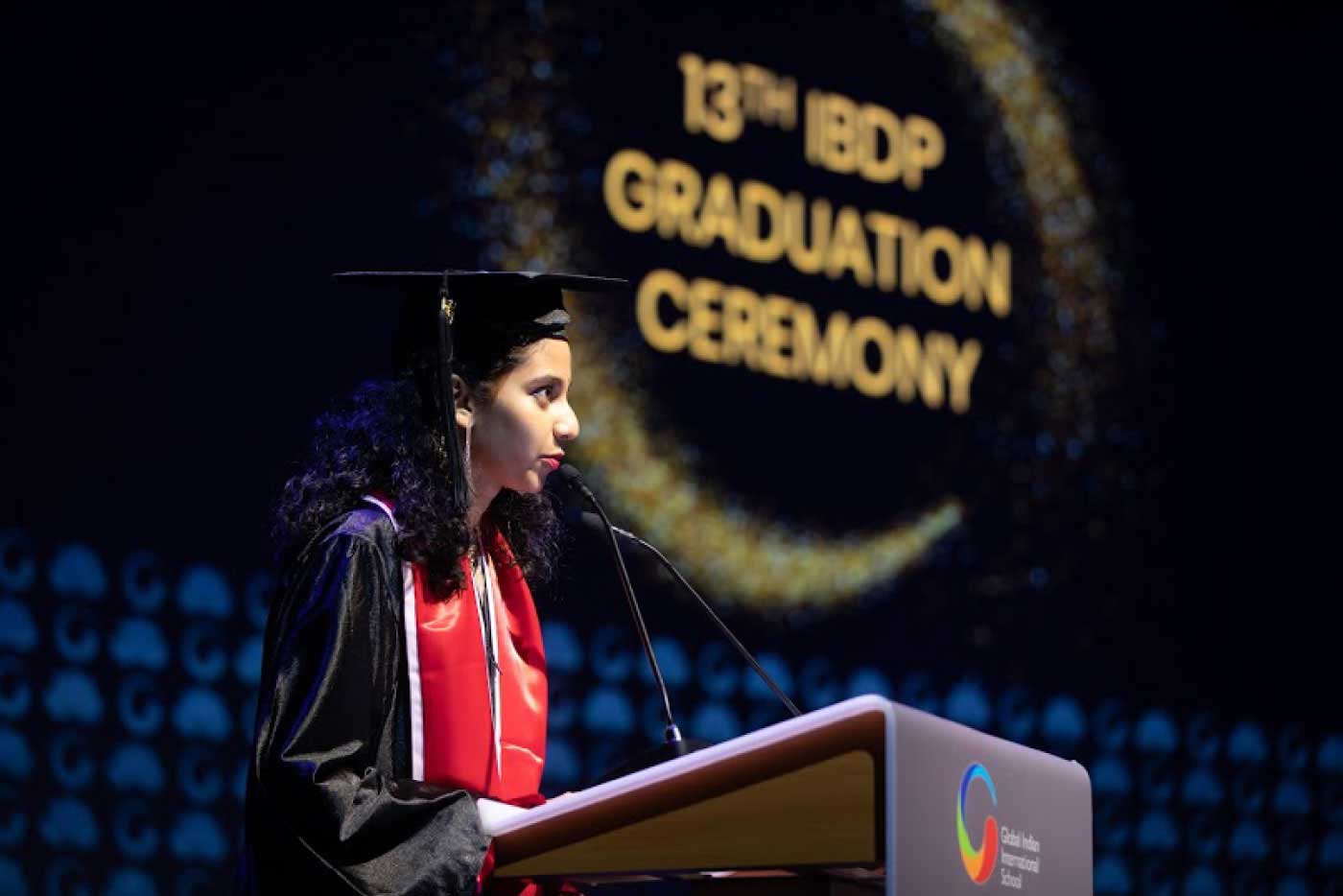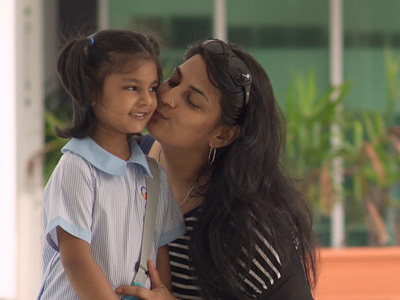In most schools, instruction is centred on the curriculum, and students are urged to modify their study habits. Although this strategy needs little work, it also yields less results. In the twenty-first century, parents have high expectations for their kids’ academic performance, so it’s critical to set the groundwork early on in their schooling.
The idea that kids should be encouraged to learn at their own pace is the foundation of child-centred education in the modern world. Their learning activities should be customised to meet their individual demands and be inclined toward their hobbies. More often than not, standard teaching techniques don’t yield the desired outcomes.
What is Child-Centric Education?
Beginning with teachers including students in decision-making processes in the classroom and having faith in their ability to lead, child-centred education is practised. A youngster finds learning more intriguing when they understand the significance of the topic under discussion. When a child chooses the subject of the lesson during creative learning, they might use their imagination to come up with unique perspectives on the same topic. Children are better able to combine their interests with the concepts and skills by brainstorming and conversing together. Children must take responsibility for their own learning and be engaged participants.
Characteristics of Child-Centric Education
- It is designed with the child’s unique requirements and interests in mind.
- It combines topics like life skills to foster the group culture required to start collaboration and enhance soft skills.
- Child-centric education promotes kids’ general wellbeing and gives them the chance to explore outside of the classroom, allowing them to succeed academically.
- These classrooms allow children to learn at their own pace and ease the transition into a formal classroom because they are less regulated and feature flexible timetables and curricula.
- A child who has more exposure to extracurricular activities is better able to identify their strengths and develop their innate skills.
Why is Child-Centric Learning and Life Skills Education a Necessity?
Bringing Attractive and Meaningful Learning into Harmony
There is a widespread notion that educational institutions must sacrifice the fun of learning in order to deliver useful information.
Possibility of Self-Discovery
Every child begins life with a sense of wonder and curiosity about the world. But if a kid is forced to deal with issues they’re not ready for, they might lose their sense of adventure. Children learn about their talents, interests, and skills with SCL through inquiry, problem-solving, independent thought, invention, and creativity.
Developing Responsibilities
Children become more empowered as they take ownership of their own learning as part of the process of group learning. Teachers foster an atmosphere where students can experience their decisions and the results. They gain the ability to exercise their independence and accept responsibility for their acts through this activity.
Importance Of Child Centred Education
Numerous studies indicate that child-centred education serves as a learning tool for kids starting at a very young age. Early brain development is stimulated. It encourages children to dream and create, which is crucial to child-centred education. Child-centred education strengthens memory while encouraging healthy development and critical thinking abilities.
Child-centred education also gives kids the chance to practise social skills. Children learn to cooperate, adhere to rules, hone self-control, and generally get along with others when they play together.
What are the Principles of Child Centred Education?
Play and Inquiry
Children learn to get along with one another, to know themselves, and to learn about the world around them via play. People believe that being curious about the world and learning via play are fundamental aspects of being human. They should be nurtured both for their own sake and as the cornerstone of a child’s future learning.
Self-Discovery
The best schools in Hadapsar Pune hold that kids love to learn and that pushing them to tackle challenges they’re not ready for can rob them of their sense of adventure. Thinking flexibly is encouraged in both children and adults. Children learn best when they are emotionally secure, are given intellectually challenging tasks, and are encouraged to explore and experiment. The teacher’s job is to encourage kids to try new things, learn new things, and move forward.
Choices and Results
The children gain self-confidence as they take ownership of their roles as learners and community members; with this ownership comes freedom and trust, both of which they value. The environment that allows kids to experience their own decisions and results must be created by teachers. Learning happens in this manner.
Mutual trust, compassion, and empathy
Children learn best in an atmosphere where teachers and other students are respected, believed in, and given nothing but good treatment. The learning groups are small, and a kind instructor monitors progress and represents each child’s interests. Younger children are befriended and mentored by older kids, and these relationships can last a lifetime. In a setting that is both physically and emotionally safe, children learn to resolve interpersonal conflicts through talking and listening, with the assistance of teachers when necessary.
Taking Sensible Risks
Children must take chances as they tackle ever-more challenging tasks as they learn. Children must be able to fail, make mistakes, and learn from their failures if they are to achieve. Failure is a potent teaching tool in a supportive atmosphere. It is the duty of the instructor to recognise when each student is prepared to go on and to encourage that initiative.
Conclusion
While putting child-centred learning into practice has numerous obstacles to overcome, these obstacles can be faced and conquered. With the establishment of the New Education Policy 2020 in India, it has already begun. This kind of child-centred education is crucial for the development of a country because it progressively creates autonomous thinkers who are equipped with the resources for lifetime learning.
FAQs
What is child centric classroom?
Ans – A classroom that puts the needs of the students first has a flexible teacher who meets those requirements.
Why is modern education called child centric?
Ans – The idea that kids should be encouraged to learn at their own pace is the foundation of child-centred education in the modern world. Their learning activities should be customised to meet their individual demands and be inclined toward their hobbies.
Who is the founder of child centric education?
Ans – John Dewey
Why Rousseau is called the father of child centric education?
Ans – In his idea of education, Rousseau placed a strong emphasis on the value of expression in raising well-rounded, independent thinkers. He had the opinion that children will develop to their fullest potential, both academically and ethically, if given the freedom to grow naturally, free from the restraints placed on them by society.
What are the aims of education according to Rousseau?
Ans – Learning, according to Rousseau, is the main objective of education. Our fundamental practise is “learning about the human predicament”; “the science of human duty is the sole science to teach children.” To comprehend the teacher, in Rousseau’s view, is to comprehend the child’s potential for the future.


